Exploiting potential with Tebis
Swepart Verktyg i Tyringe AB, a specialist in sheet metal-working dies in the Swedish province of Scania, has full order books these days. This was not always the case. Not even three years ago, its parent company Novacast Technologies AB filed for bankruptcy. Swepart is now a subsidiary of Verktygs Allians in Hässleholm and is generating profits, thanks to a new concept.
Company
Swepart Verktyg i Tyringe AB
Location
Tyringe, Sweden
Focus
Standardization with templates
Benefits:
- Optimal manufacturing planning
- Reduced time for programming
- Cost savings
Sector
Die manufacturing
Published
2014
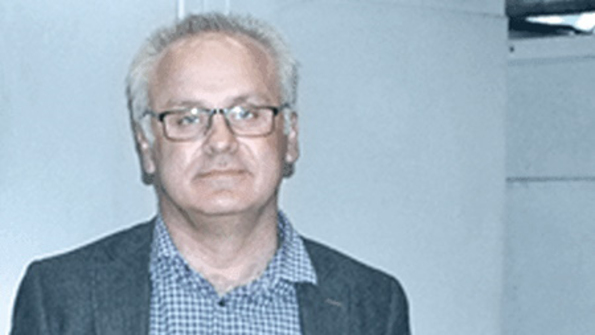
"Tebis significantly reduces the time needed for NC programming and simultaneously increases reliability."
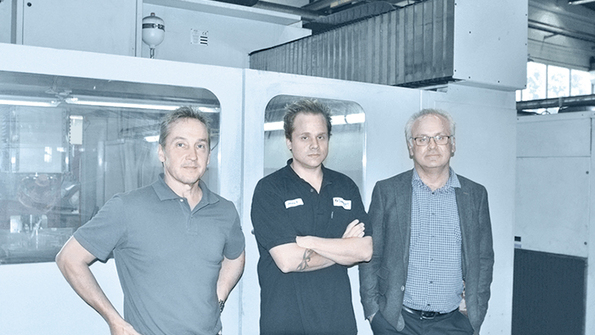
Michael Holmström, the current managing director of the tool manufacturing company, and his more than 50 employees needed two years to successfully change course. As late as the 1980s, it was still very simple to manufacture and sell tools. The customers came to the manufacturers with their orders, and the companies thrived on their existing customers. Then Swedish tool manufacturers began to face competition from countries like Portugal and China. The competitive pressure forced many companies to capitulate.
Specialization and new customer base
To the question, "How is Swepart able to withstand the pressure of competition?" Holmström replies: "We must continuously develop our processes, and it is very important to monitor the entire situation. This also involves the analysis and assessment of our customers. Is collaborating with customers worthwhile when they’re not prepared to pay reasonable prices for high-quality work? Wouldn't it be better to establish long-term customer relationships that are profitable for both parties?" Swepart has answered the latter question with a resounding "Yes." Swepart has increased the number of its customers who are purchasing dies for pressing sheet-metal components in the automotive sector by more than 60%. These customers are located all over Europe and are primarily active in the automotive industry.
Lean concept versus "wave"
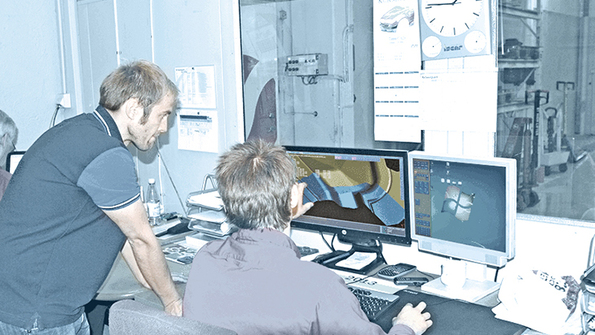
In order to become profitable again, the company embarked on a long journey, as Holmström puts it. He was certain that all areas of the company had to be assessed for their work efficiency. "We could only be successful by using all of our expertise and by optimizing our processes. So we decided very early to bet on lean strategies," says Holmström. "We also put a lot of emphasis on a systematic job rotation that enabled our employees to learn new tasks and techniques. In the past, employees would assume at a certain point that they had done their share, and that from then on the job would be continued by a colleague. You can visualize this as a kind of wave progressing through production: The employees wait until the wave reaches them before they become active. Today the employees follow the wave, which makes production processes and projects more efficient," explains Holmström.
Tebis plays a key role
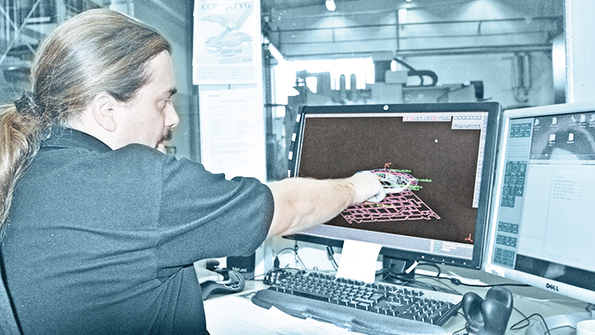
Over the course of the change, the new management introduced new technologies, and more computer-supported manufacturing methods were employed in the workshop. Here Tebis played the decisive role. The previous owner had already been using Tebis. The new management quickly recognized that Tebis was the right CAD/CAM system for Swepart. However, they also realized that only a small portion of the enormous potential of the CAD/CAM system was being tapped. "In the old days, we neither stored data nor combined programs in the database; rather, we basically reinvented the wheel with every new project. Today we store all information, machining strategies, tools and templates in the Tebis database. Using earlier manufacturing processes as the foundation, we can now plan how much time it will take to manufacture a specific die. This standardization of our manufacturing methods has resulted in even more synergy effects. The product range has been tightened and the number of cutting tools has been reduced, resulting in cost savings," says Mikael Aikio of Tebis Scandinavia, who supported Swepart during the transition.
Automation with Tebis
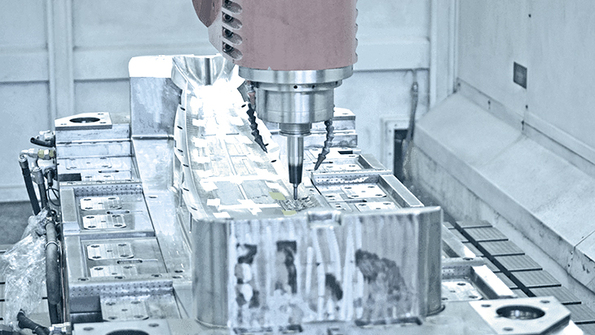
Today Swepart profits from the powerful and reliable automation functions provided by Tebis. Aikio explains: "The Tebis NCSet technology accesses user-defined machining sequences stored in the database for multi-step bores, thread tapping and slot and pocket milling, for example. The system automatically selects the appropriate tools and the cutting data for machining. At Swepart, NCJobs store all input data from NC programming, which optimizes the calculated toolpaths. All of a component's NC parameters can be copied for similar components. Interactive Tebis functions that check the work step by step and continuously calculate and display intermediate results are very popular with the die manufacturer. The user can either accept these intermediate results or modify the parameters: for example, when specifying the machining sequence for different milling areas. This significantly reduces the time needed for NC programming and simultaneously increases reliability."


